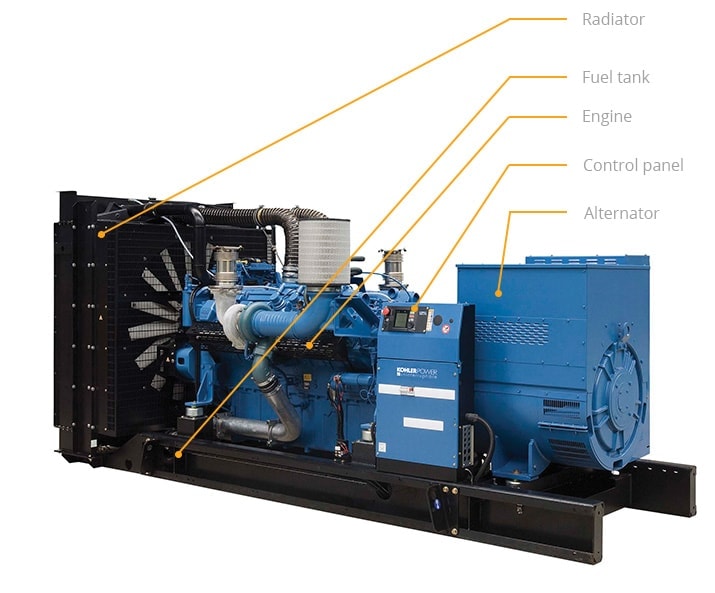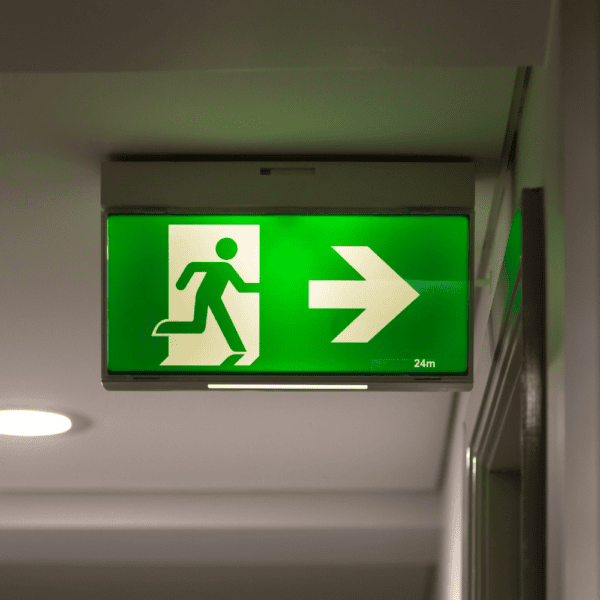A generator must back UPSs up whenever power protection over an extended period is essential. Alan Luscombe, director at KOHLER Uninterruptible Power Ltd., a KOHLER company, looks at how to pair these components successfully.
Mostly, UPSs with true online topology supply all the protection required by even the most critical loads. Their dual power conversion technology filters out mains-borne disturbances, while the batteries maintain power during a blackout. However, their protection can be compromised by power outages of extended duration. Increasing battery autonomy to hours rather than minutes can be prohibitively expensive – and even the longest autonomy can potentially be exceeded by a protracted power outage.
In some circumstances, using the battery autonomy to shut the load down gracefully if the blackout time is extended may be acceptable. However, for critical applications that must remain up and running through power blackouts of any length, a matched UPS-generator arrangement, complete with an Automatic Mains Failure (AMF) Detection panel, becomes the only practical solution.
UPS/generator components
A generator set comprises a stored energy source, engine, alternator, control panel and the AMF panel. Although both gas and diesel-powered engines are available, standby generators are normally diesel-powered. Whichever generator is chosen must be compatible with the UPS and all other power equipment to guarantee continuous power. Generator output frequency can be an issue if its range is outside the UPS’s tolerance, as the UPS cannot synchronise with the generator without endangering the critical load. This can be avoided if the generator is known to be UPS-compatible and fully tested. Ensuring compatibility can be considerably simplified by sourcing the UPS and generator from a single supplier offering proven, matched generator/UPS sets.
Practical generator considerations
Generator capacity should accommodate more than the UPS and its critical load. Load cooling equipment, emergency lighting, communications and alarm systems must all remain operational. Generally, the generator should support 1.5 x the nominal UPS capacity for transformerless UPSs, together with three times the nominal air conditioning capacity.
Since power failures are unpredictable, the generator must always be ready to start and support the load. Accordingly it must be kept warm, with a fully charged battery and sufficient fuel. It must also receive mains status signals from the AMF panel to initiate its start-up and shutdown. Additionally, issues relating to environmental protection, fuel storage, acoustic noise, heat generation and exhaust fumes must be considered. This is to protect the generator and its users, and to ensure compliance with any local environmental legislation.
A suitable supplier will offer advice and solutions on these issues as well as UPS/generator compatibility. The reward is a power protection solution resilient to even the longest of blackouts.
As published in Mission Critical Power magazine – February 2017





